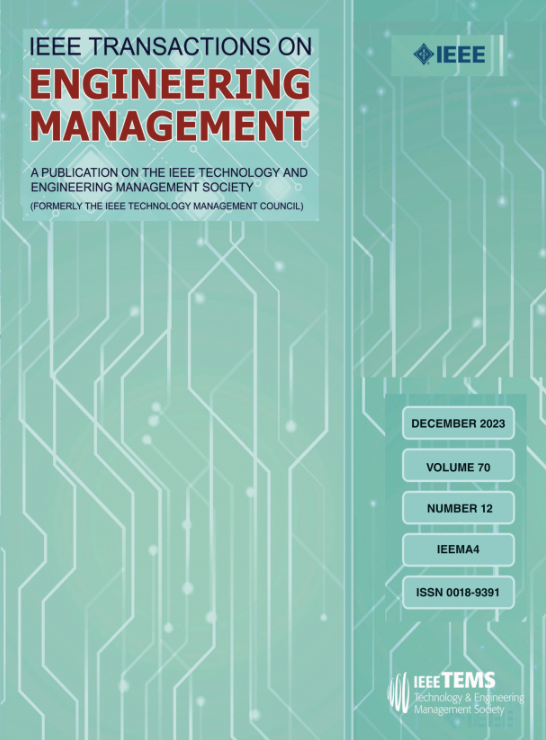Should Brick-and-Mortar Retailers Always Counter Showrooming? The Role of In-Store Service
IF 4.6
3区 管理学
Q1 BUSINESS
引用次数: 0
Abstract
The utilization of in-store service has become a vital strategy for brick-and-mortar (B&M) retailers to compete against e-tailers and counter consumer showrooming behavior (CSB), but it faces a paradox: while enhancing in-store service aims to mitigate CSB, it may inadvertently intensify CSB due to freeriding by certain consumers. To address the issue, we incorporate in-store service into a game-theoretic model to explore the price competition between a B&M retailer and an e-tailer in the presence of CSB. Based on capturing the heterogeneity in consumer perceptions of product valuation and in-store service, we analyze the price and service strategies of the retailers in different time spans. Our results show that CSB may lead to profit declines for both B&M retailer and e-tailer. Furthermore, we demonstrate that the nondigital attributes of products are strongly tied to in-store service strategies aimed at alleviating CSB. Specifically, the B&M retailer selling low nondigital-attribute product should provide low-level in-store service to mitigate CSB, whereas those selling high nondigital-attribute product should provide high-level in-store service. Moreover, our results indicate that the B&M retailer does not always counter CSB due to in-store service cost. When the service cost or travel cost is low, the B&M retailer is more likely to embrace CSB. Interestingly, when CSB intensity is low, the B&M retailer is more willing to counter CSB. Finally, a counterintuitive but interesting result shows that the price matching strategy of the B&M retailer does not always guarantee a consistent improvement in its profit.实体店零售商是否应始终抵制陈列室效应?店内服务的作用
利用店内服务已成为实体零售商与电子零售商竞争、对抗消费者“进店”行为的重要策略,但它面临着一个悖论:加强店内服务的目的是减轻“进店”行为,但由于某些消费者的搭便车行为,可能会在不经意间加剧“进店”行为。为了解决这一问题,我们将店内服务纳入博弈论模型,以探讨在存在CSB的情况下,B&M零售商和电子零售商之间的价格竞争。在捕捉消费者对产品价值和店内服务感知异质性的基础上,分析了零售商在不同时间跨度内的价格和服务策略。我们的研究结果表明,CSB可能导致B&M零售商和电子零售商的利润下降。此外,我们证明了产品的非数字属性与旨在减轻CSB的店内服务策略密切相关。具体而言,销售低非数字属性产品的零售企业应提供低层次的店内服务,而销售高非数字属性产品的零售企业应提供高层次的店内服务。此外,我们的研究结果表明,由于店内服务成本的原因,B&M零售商并不总是抵制CSB。当服务成本或差旅成本较低时,B&M零售商更有可能接受CSB。有趣的是,当CSB强度较低时,B&M零售商更愿意对抗CSB。最后,一个反直觉但有趣的结果表明,B&M零售商的价格匹配策略并不总是保证其利润的持续提高。
本文章由计算机程序翻译,如有差异,请以英文原文为准。
求助全文
约1分钟内获得全文
求助全文
来源期刊

IEEE Transactions on Engineering Management
管理科学-工程:工业
CiteScore
10.30
自引率
19.00%
发文量
604
审稿时长
5.3 months
期刊介绍:
Management of technical functions such as research, development, and engineering in industry, government, university, and other settings. Emphasis is on studies carried on within an organization to help in decision making or policy formation for RD&E.
 求助内容:
求助内容: 应助结果提醒方式:
应助结果提醒方式:


